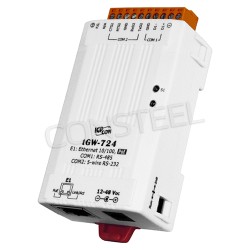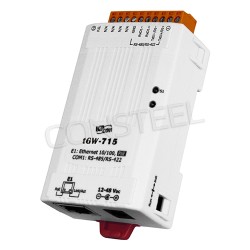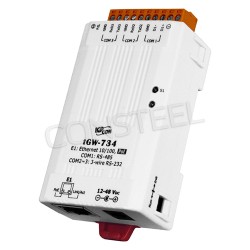Modbus gateways for seamless RTU, ASCII and TCP integration in industrial networks
What is the Modbus gateway used for?
A Modbus gateway is a device that enables fast and reliable integration of equipment communicating in Modbus RTU or Modbus ASCII protocol with devices using Modbus TCP/IP. Depending on the model, gateways can include from 1 to 8 RS-232 or RS-485 serial ports for RTU/ASCII communication and up to 2 Ethernet ports for Modbus TCP. They are used to connect legacy industrial equipment with modern automation systems, extend network range, and ensure compatibility across different architectures. Gateways improve flexibility, reduce integration costs, and are a key element in industrial automation and building management systems (BMS).
Product Characteristics and Design
Our Modbus gateways are designed with industrial-grade, energy-efficient enclosures, offering up to 5 years warranty. They are resistant to vibration, shock, and electromagnetic interference, ensuring stable operation even in harsh industrial environments. Depending on the version, the devices are DIN rail mountable, feature galvanic isolation up to 3000V, and support a wide power range of 12–48VDC, 24VAC, or even PoE (Power over Ethernet). The broad operating temperature range from -40°C to +75°C allows installation both in freezing outdoor conditions and in high-temperature control cabinets. Available connectors include RS-232 (DB9), RS-485 screw terminals, and Ethernet RJ45 ports.
Operating Modes and Capabilities
Modbus gateways support multiple communication modes to fit diverse integration scenarios. In Modbus RTU/ASCII Master to Modbus TCP Slave mode, a TCP-side master communicates with several RTU slaves. In Modbus RTU/ASCII Slave to Modbus TCP Master mode, the device works in the opposite direction, enabling RTU-side masters to reach TCP/IP-based slaves. Some models feature an integrated Ethernet switch with dual LAN ports, simplifying network topology by removing the need for an external switch. Advanced devices can provide IP/MAC address filtering, SNMP/email alarms, event logging, or even digital I/O functions manageable from the Modbus TCP master.
Configuration and Management
Configuration is simple and can be performed using free PC software, a telnet console, or an integrated web interface. This ensures fast commissioning and easy adaptation to both new and existing automation systems. User-friendly tools enable engineers to set communication parameters, update firmware, and monitor device performance without complex procedures. This reduces setup time and minimizes the risk of integration errors.
Choose the Modbus gateway that fits your project needs and explore its detailed technical specifications in the product descriptions available in this category.














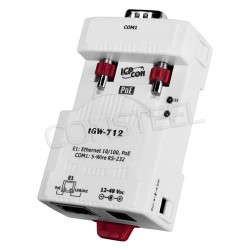
-P1-250x250h.png)
-3-250x250w.png)
-250x250.jpg)
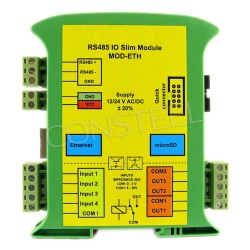
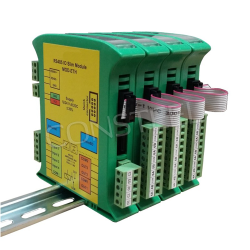
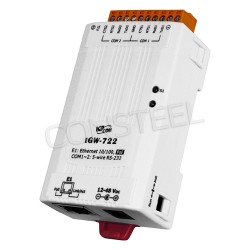
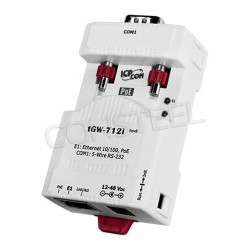
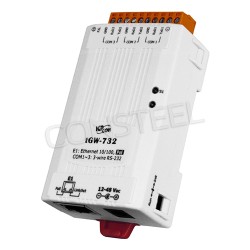
-DB-P(12-48VDC)-P-1-250x250h.png)
-DB-P(12-48VDC)-1-1-250x250h.png)
